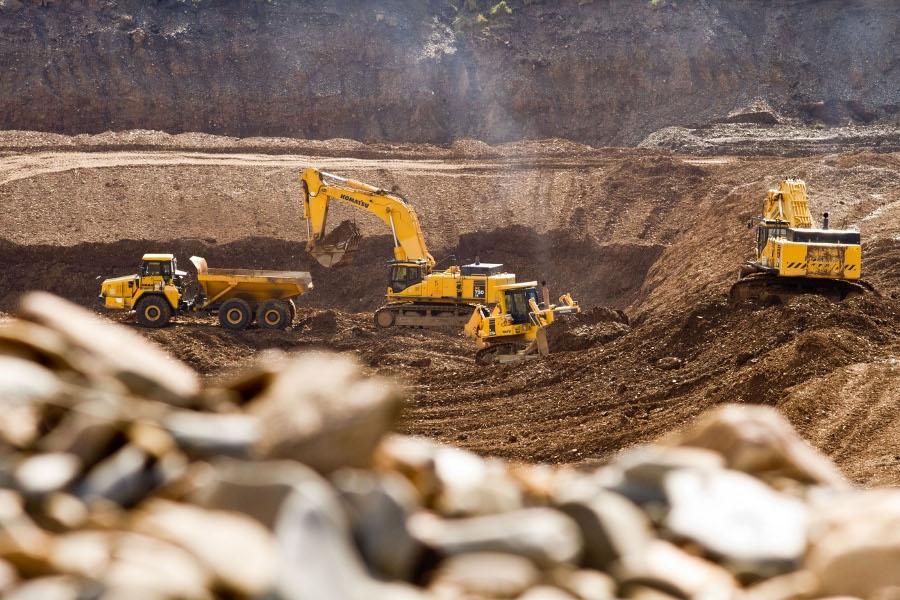Azerbaijan to monitor fields in Kalbajar - Head of National Geological Exploration Service

By Trend
At the first stage, it is planned to monitor and explore the current state of the fields in Azerbaijan’s Kalbajar district, Head of the National Geological Exploration Service of the Azerbaijani Ministry of Ecology and Natural Resources, Ali Aliyev, told Trend on Nov. 25.
“After the completion of this activity, the amount of damage caused to Azerbaijan by the Armenian invaders will be calculated,” head of the service said.
Stressing that Kalbajar district has big mineral resources potential, Aliyev said that before the Armenian occupation in 1993, 34 deposits of ore, non-metallic minerals, geothermal sources and deposits of resources were discovered in the district, suitable for the production of building materials, which have been registered in the state balance sheet.
“Moreover, abundant mineralization was observed in the district, which, as a result of appraisal work, must also have received the status of deposits,” head of the service said.
“Kalbajar is mainly rich in gold, silver, selenium, tellurium, lead, molybdenum, sulfur, copper and chromium,” Aliyev said. “Soyudlu, Agduzdag, Gyzylbulag gold deposits have total reserves of 143 tons and have been included in the state balance sheet.”
“Some 968 tons of industrially important reserves of mercury were found in Levchay, Gamishli, Agatag and Shorbulag deposits,” head of the service added.
“Tutgun and Istisu spring water sources, located in Kalbajar district, are especially distinguished by favorable gas and chemical composition, high temperature and big natural resources,” Aliyev said.
“The daily flow rate of these sources is estimated at 3,085 cubic meters per day,” Aliyev said. “A big sanatorium and a mineral water bottling plant operated at the Istisu thermal spring in the 1980s of the last century. The plant produced 800,000 liters of water per day. Every year 50,000 people were treated and rested in Istisu sanatoriums.”
“Among the deposits in Kalbajar district eight deposits accounted for ore ones, seven - geothermal sources, 19 – deposits of non-metallic minerals and deposits of resources suitable for the production of building materials,” head of the service said.
"We regret that during the Armenian occupation, some of these sources and deposits were plundered, thereby causing big damage to our country,” Aliyev said. “The transportation of ore from Soyudlu deposit with the estimated gold reserves of 112.5 tons to the Zod gold processing plant in Armenia was massive. As a result, the ecosystem of Kalbajar district has been greatly damaged.”
“Kalbajar district, already liberated from the occupation, has big industrial potential and creates big prospects for the development of a new mining industry in the future," Aliyev added.
---
Follow us on Twitter @AzerNewsAz
Here we are to serve you with news right now. It does not cost much, but worth your attention.
Choose to support open, independent, quality journalism and subscribe on a monthly basis.
By subscribing to our online newspaper, you can have full digital access to all news, analysis, and much more.
You can also follow AzerNEWS on Twitter @AzerNewsAz or Facebook @AzerNewsNewspaper
Thank you!
